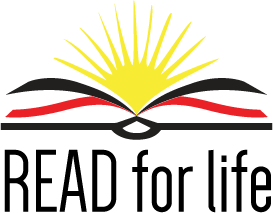From Data to Dancing: Super Blending Day
Written by Katie Giseburt
Blending is the process of pushing sounds together to make words. It’s what turns ‘m-a- t’ into ‘mat’ and ‘r-ea- d-i- ng’ into ‘reading!’ Without knowledge of the sounds letters make, teachers can’t teach reading with phonics. But knowing sounds alone is not enough to know how to read or know how to teach reading. Teachers must also impart the skill of blending.
We conduct a reading assessment in twenty schools across Gulu Town. In this assessment, we look at children’s knowledge of both sounds and their ability to read real and made up words. While we see children who know the sounds are absolutely reading better, we are also finding that children tend to be much more comfortable identifying sounds than reading words.
So, what’s the link we need to strengthen?! Blending!
With this knowledge from our data, we decided to add a “Super Blending Day” to our literacy instruction course at Gulu Core and Christ the King Teachers Training Colleges. And it was, forgive my cheesiness, super fun!
At READ for Life we always try to get current and pre-service teachers out of lecture settings and more into hands on activities as much as possible. For Super Blending Day we did this by having the future teachers participate in stations outside:
Station 1: Dancing with Sounds
Okay, so this station wasn’t entirely dancing but it did include some boogying down with blending. At this station, Abby led the future teachers in some more kinesthetic methods for teaching blending. Students tapped their foot on each sound, then did sort of an electric slide to blend the sounds together into the words. They also engaged the body in various ways to feel how words are made up of sounds pushed together.
Station 2: Sidewalk Chalk Elkonin Boxes
At this station, the preservice teachers practiced an activity with Catherine where they identify the number of sounds in a word and put a stone for each sound they hear in a box. This activity is technically practicing segmenting, but it helps children understand that words are made up of sounds. Practicing breaking up a word into sounds helps children learn how to push sounds together into words.
Station 3: Super Blending Challenge
Here Katie challenged preservice teachers to cross to the other side of a hopscotch course by blending sounds into words. The task inspired almost as much laughing as blending! But got the future teachers searching for words and moving their feet to blend the sounds together.
All in all, it was a delightful day of fun! We hope that these more holistic and engaging approaches can help teachers support children in using their knowledge of letter sounds to read fluently!
